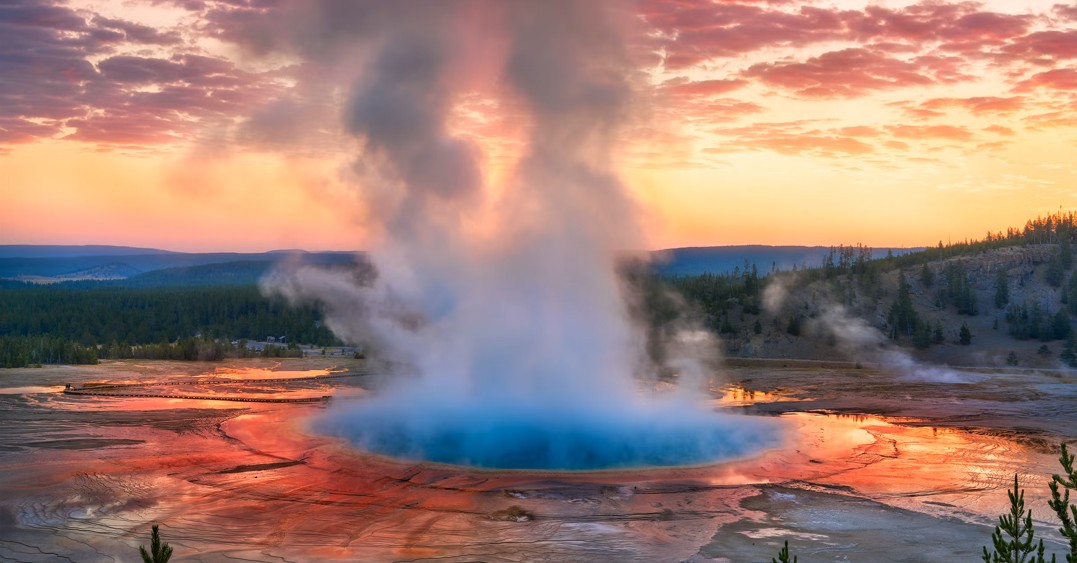
A rainbow is a natural phenomenon that occurs when light is refracted, reflected, and dispersed through water droplets in the atmosphere. It is a stunning display of colors that captivates the imagination and has been a source of wonder and inspiration for centuries. The question that often arises is, “How many colors are in a rainbow?”
The traditional answer to this question is seven colors: red, orange, yellow, green, blue, indigo, and violet. This is based on the mnemonic “ROYGBIV,” which helps people remember the order of the colors in a rainbow. However, this representation is not entirely accurate. The spectrum of a rainbow is a continuous gradation of colors, and the seven colors we recognize are just convenient divisions for our human perception.
The visible spectrum of light, which is the range of wavelengths that we can see, is actually a continuous band of colors. When sunlight passes through a prism or water droplets in the atmosphere, it is dispersed into its component colors, revealing the full spectrum of visible light. This spectrum ranges from the longest wavelengths, which are red, to the shortest wavelengths, which are violet.
The seven colors we typically associate with a rainbow are merely a simplification of this continuous spectrum. In reality, the boundaries between these colors are not distinct, and there is a smooth transition from one color to the next. The colors we perceive in a rainbow are influenced by the sensitivity of our eyes to different wavelengths of light. Our eyes have three types of cone cells that detect red, green, and blue light, and our brains combine these signals to create the perception of color.
So, while it is common to refer to the seven colors of a rainbow, it is essential to recognize that these divisions are somewhat arbitrary and do not capture the full spectrum of colors present in a rainbow. The true beauty of a rainbow lies in the seamless transition from one color to the next, creating a breathtaking display of light and color that is unique to each individual observer.
In conclusion, a rainbow is a marvelous display of the visible spectrum of light, and the colors we perceive are influenced by the sensitivity of our eyes and the way our brains process this information. While we often refer to the seven colors of a rainbow, it is crucial to remember that the spectrum of a rainbow is a continuous gradation of colors, offering a unique and mesmerizing experience for all who witness it.





